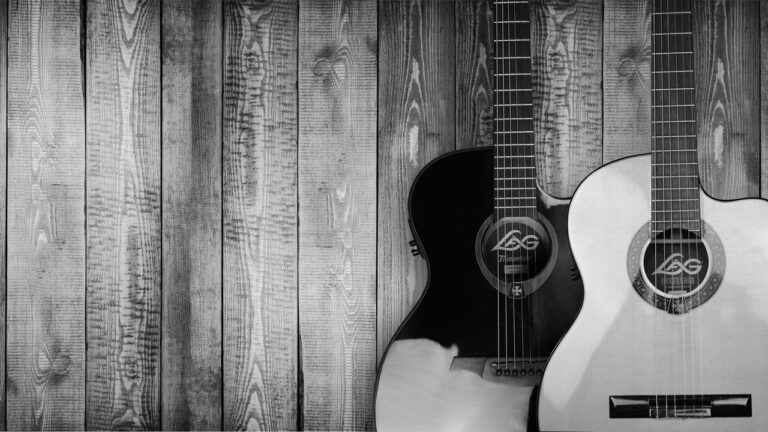Ambient noise means the background sounds which are present in a scene or location. Common ambient sounds include wind, water, birds, crowds, office noises, traffic, white noise etc. Ambient noise is very important in video and film work. It performs a number of functions including:
* Providing audio continuity between shots.
* Preventing an unnatural silence when no other sound is present with natural sound.
* Establishing or reinforcing the mood.
Here are some types of ambient sound used in film production,
* Matching ambient sound: Any ambient sound recorded to match the ambient sound of a scene.
* Wild sound: It is a type of background noise with distinct sounds, which is recorded separately but made to synchronise with the main scene.
Example: Children playing in a playground.
* Buzz track: A general term for ambient sound.It is a low ambient sound played to reduce unnatural silences in a film.
* Room tone: The sound of an empty room, or a room in which all the actors are silent.
Here is what you typically get when you download a collection of FREE ambient audio tracks:
* Bird ambience
* Busy city street
* Campfire
* Car interior
* Coffee shop
* Electric hum
* Forest
* Helicopter
* Ocean waves
* Plane
* Rumble
* Street traffic
* Thunderstorm
* Windy desert
Of all the “secrets of the trade” found within the filmmaking bag of tricks, there are few tools handier than the often-overlooked ambient audio background track. Dropping one into your content can immediately add a level of rich, real-world atmosphere to your projects. Additionally, you can use them to cover up audio blemishes like hums, hisses, and pops.
When to Use Ambient Background Audio
When deployed thoughtfully, ambient audio makes an on-screen world deeper, richer, and more true to life. Here are a few content types that can benefit from ambient background tracks:
* Narrative shorts and features: Ambient background tracks give most scenes and settings a more diverse, dynamic backdrop that, in turn, places your characters (and pulls your audience) into a more fully realized world.
* Documentary projects: Ambient background tracks for documentary work can be kind of controversial, as you’ll always want to use true audio recorded at the moment when possible. However, there are instances when scene creation is needed, and these tracks can help provide a sense of realism.
* Commercial projects: It might surprise you to learn that many commercials (even broadcast ones that you see on TV) use ambient
background tracks and audio to quickly root scenes in their specific reality.
* Corporate projects: Similarly, corporate videos and projects use ambient noises and sound effects to make mundane office settings
feel bustling, as though real work is being done in the background.
* Digital content: Finally, using ambient audio and sound effects is a fast, easy way to make TikToks, Instagram Stories, and other
digital creations feel “bigger.”
Tips for Using Ambient Background Tracks
Here are some tips to keep in mind when working with ambient background tracks.
* Download and Review
Okay, obviously you have to find the tracks, download them, and listen to them. Give them a quick play-through to get an idea of their quality and potential use cases, and make sure the tracks don’t have any noisy blemishes, odd sounds, or audio tags/watermarks.
* Find Your Favourite Stretch
Open the files in your video editing software (or audio editor) of choice, and find your favorite stretch. That might be a five-second clip or a fifty-second one, depending on your needs. With your favourite part identified, now it’s time to.
* Create Your Own Loops
If you want to use the background audio over an extended period of time—say, anything over two or three minutes then you’ll probably want to loop the audio. Using your favorite section, just copy and duplicate that stretch over and over, using crossfades to link everything together.
* Match to Your Video
Once your background audio is ready to go, be sure to match it up with your video. Ideally, you’ve already done all your video editing and are at picture lock. You’ll obviously only want your background audio to be heard when appropriate, corresponding to what’s on-screen.
* Adjust Levels and Effects
Finally, once everything is laid out and set, you can go in and make your final level adjustments. Unless a scene or project calls for any background audio to be super noticeable, you really want the audio levels to be quite low, creating a soft hum in the background which simply adds to the ambience.
If you are looking for background music for your video, check out beatoven.ai. Sign in and create your first project by choosing ‘Ambient’ genre. Make your own royalty free music with the power of AI.

